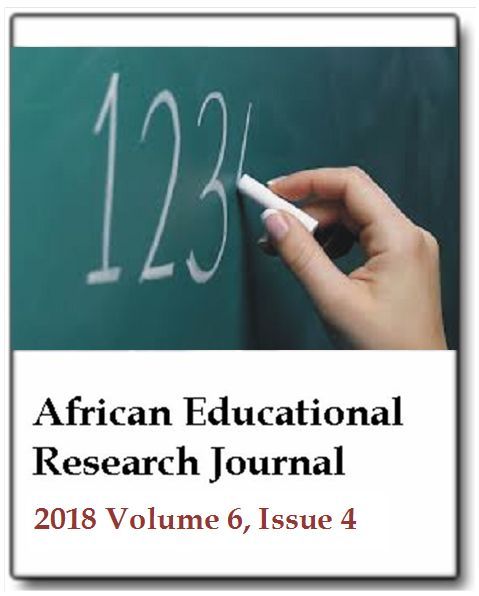Distributed leadership in education, contemporary issues in educational leadership
G. N. Shava and F. N. TlouAfrican Educational Research Journal
Published: December 10 2018
Volume 6, Issue 4
Pages 279-287
DOI: https://doi.org/10.30918/AERJ.64.18.097
Abstract
Over the past decades, the concept of distributed leadership (DL) in the educational landscape has gone from strength to strength and has made substantial inroads into particular areas of theory and practice. DL has thus become a popular concept in educational leadership and is conceived as a collective social process emerging through the interactions of multiple actors. In particular DL is a notion and strategy that has seen a rapid growth in the management of schools in the context of decentralization of education systems. The aim of this paper is to review conceptual and empirical literature on the concept of DL in order to identify its origins, major arguments, its strengths and weaknesses and areas for further work. Consideration is given to the impact of DL in enhancing the achievement of organizational goals. The findings indicate that effective principals orchestrate the structural, cultural and agential conditions in which DL is more or less likely. Contemporary evidence from the study supports a positive relationship between DL, organizational improvement and student achievement. The paper highlights a number of areas for improving leadership in schools and the need for mobilizing collective engagement and challenging or reinforcing traditional forms of leadership in schools. This article provides an in depth description of how leadership can be distributed in schools to improve learning outcomes.
Keywords: Distributed leadership, education leadership, leadership, learner achievement.
Full Text PDFThis article is published under the terms of the Creative Commons Attribution License 4.0

